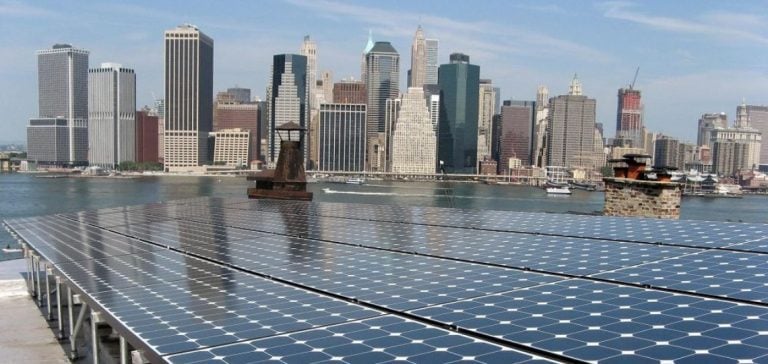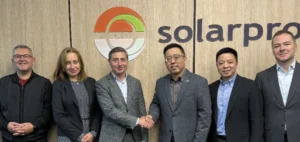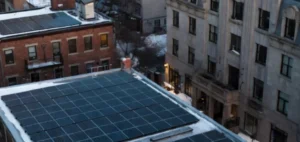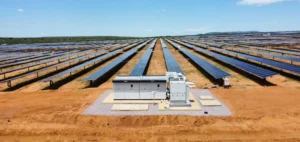SolarBank commits to the development of a 5.4 MW solar power plant, named Boyle, in Broome County, New York.
The project is part of a strategy to boost local production of renewable energy while benefiting from subsidies from the NY-Sun program.
This program, managed by the New York State Energy Research and Development Authority (NYSERDA), enables solar projects to receive financial incentives designed to accelerate their implementation.
Once operational, the plant is expected to supply electricity to around 640 homes, incorporating a community-based generation model.
This model enables consumers to subscribe to the site’s production without having to install solar panels themselves, offering an accessible solution to a large proportion of the local population.
The energy injected into the grid enables subscribers to benefit from credits on their electricity bills.
Land use: towards a combined approach
The Boyle project also introduces an innovative component: agrivoltaics.
This practice, which combines solar energy production and agriculture, is implemented here by integrating sheep grazing on the site.
These animals help to manage the vegetation beneath the solar panels, thus avoiding the use of mechanical or chemical methods to maintain the areas.
This approach also enables local farmers to generate additional income through grazing contracts.
Agrivoltaics presents itself as a model for optimized land management, meeting economic and energy imperatives while reducing maintenance costs for SolarBank.
Although already tested elsewhere, this technique is becoming more widespread in large-scale solar projects, providing a concrete solution to land-use issues.
Risks related to the development of solar projects
The development of the Boyle power station is not without risk, however.
As with any project of this scale, a number of factors could impact on its progress.
Obtaining grid interconnection authorizations remains an essential prerequisite.
In addition, the availability of third-party financing, essential to guarantee the project’s economic profitability, remains uncertain.
Public incentives, while crucial to the energy transition, are not sustainable.
Revisions to local or federal government policies in support of renewable energies could affect the viability of similar projects in the future.
Flexibility in financial management and control of construction costs will therefore be crucial for SolarBank in the realization of this project.
A community-focused business model
The main attraction of the Boyle project lies in its community-based production model.
This approach enables consumers to enjoy the benefits of solar energy without having to bear the costs of installing individual panels.
Participants can sign up as subscribers to the project and receive credits on their electricity bill based on the amount of energy generated by the plant.
This model is particularly well-suited to densely populated areas or residents unable to install solar panels on their own roofs.
It also contributes to the global effort to decarbonize local electricity production, while making renewable energy accessible to a greater number of households.
Outlook and regulatory framework
The support of NYSERDA, through its NY-Sun program, is a decisive factor in the realization of the Boyle project.
These financial incentives help offset some of the development costs, making the project economically viable.
New York State’s regulatory framework is, to date, favorable to solar projects, but any change in policy could upset this type of initiative.
SolarBank’s approach reflects an underlying trend in the energy industry: the integration of innovative models to reconcile profitability and territorial responsibility.
However, the solar energy market, while dynamic, remains sensitive to changes in legislation and competition from other energy sources.






















